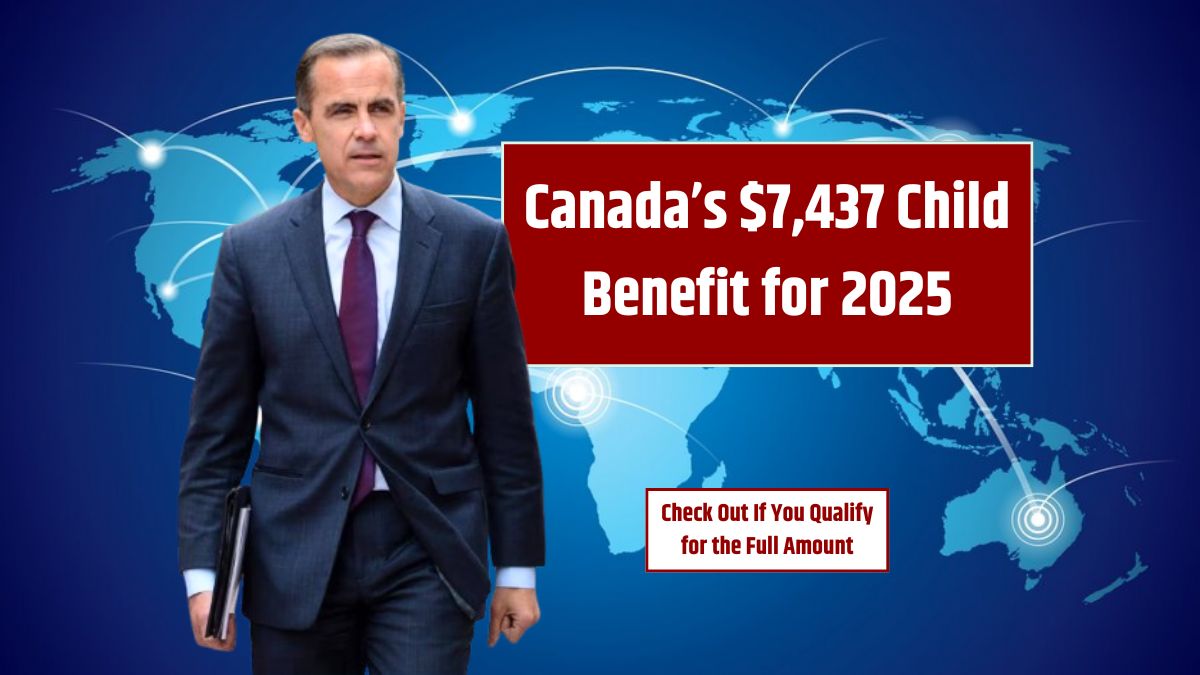Losing your job is hard enough, but when your employer suddenly goes bankrupt and you’re left without your final paycheck, it can feel like the ground’s been pulled out from under you. That’s where Canada’s Wage Earner Protection Program (WEPP) comes in. For 2025, it offers eligible workers up to $8,844 in financial relief. If your boss goes bust and leaves you unpaid, this government-backed program can be your safety net.
In this article, we’ll explain everything you need to know—whether you’re an affected employee, a financial advisor helping clients, or someone just trying to know the system.
Overview
The WEPP is designed to protect employees when their employer declares bankruptcy or goes into receivership. In simple terms, it fills the financial gap when your employer can’t pay what they owe you—like unpaid wages, vacation pay, or severance. The benefit for 2025 is capped at $8,844, which equals seven times the maximum weekly insurable earnings under the Employment Insurance Act.
Here’s a quick look at what’s covered:
| WEPP Feature | Details |
|---|---|
| Max Payment (2025) | $8,844 |
| Coverage | Wages, vacation, termination, or severance pay |
| Application Deadline | Within 56 days of bankruptcy or job loss |
| How to Apply | Online or paper via Service Canada |
| Reductions | No 6.82% reduction for bankruptcies post-2021 |
Eligibility
Not everyone can apply for the WEPP, so knowing the rules is essential.
You’re eligible if:
- Your employer has declared bankruptcy or is in receivership.
- You were owed wages or benefits like vacation or severance.
- Your job ended during or shortly before the insolvency (within 6 months).
But you’re not eligible if you:
- Were a director or officer of the company.
- Owned a controlling interest in the company.
- Made financial decisions affecting payroll.
Also, a trustee or receiver must file a Trustee Information Form (TIF) with Service Canada. Without this, you can’t proceed with your claim.
Payments
The maximum you can receive in 2025 is $8,844. This amount reflects seven times the maximum weekly insurable earnings under the EI Act. But here’s the catch—it only applies to wages earned during the six months before your employer filed for insolvency.
Let’s say you’re owed $1,200 in unpaid wages and $2,000 in vacation and severance. As long as it’s within the limit, you’ll likely get it all through WEPP.
Process
Applying isn’t complicated if you follow the steps. Here’s what to do:
- Wait for the Trustee to Submit the TIF
The trustee managing the bankruptcy files a TIF with Service Canada. - File a Proof of Claim
Submit this to the trustee, detailing what your employer owes you. - Apply Within 56 Days
Once the TIF is submitted, apply through Service Canada. You can use their website or fill out a paper form if needed.
Mistakes
A few common errors can derail your claim. Avoid these:
- Missing Deadlines: Mark the 56-day window on your calendar.
- Inaccurate Records: Double-check what your employer owes you before filing.
- Delaying the Application: Don’t wait until the last minute. Get it in early to speed up the process.
Extras
WEPP is a great help, but it might not cover everything, especially if you’re owed a large severance. You may want to talk to a legal or financial expert for advice on filing additional claims or legal action.
And remember: WEPP payments are taxable. You’ll get a T4A slip at tax time, so be sure to report it.
If you ever find yourself unpaid because your company shut down suddenly, don’t panic. WEPP is there to offer real support—just make sure you follow the steps and file everything on time.
FAQs
Who qualifies for WEPP in 2025?
Anyone owed wages by a bankrupt or insolvent employer.
How much can I get from WEPP?
Up to $8,844 in 2025.
How long do I have to apply?
You must apply within 56 days of job loss or bankruptcy.
Is WEPP money taxable?
Yes, it’s taxable income and reported on a T4A slip.
Where do I apply for WEPP?
Apply online or with a paper form through Service Canada.














